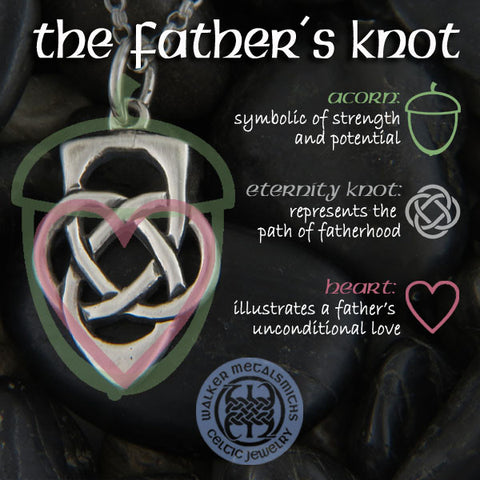

The beautiful thing about the mathematical representation is that a gratitude list can be truly infinite. The secondary meaning of the three dots is a mathematical thought, which represents an infinite list. This symbolism closely relates to a gratitude practice, as a practice always seeks to find things to be grateful for, and take further action to journal or give thanks.
#Celtic symbol for unconditional love series#
The first thought comes from a grammatical perspective which is that a series of three dots stands for taking further thought or action. The series of three dots is believed to have a variety of meanings, all of which tie into a gratitude practice.

Part 2: The Three DotsĪ series of three dots is commonly recognized as an ellipsis, although ellipsis dots do not vary in size like the gratitude symbol. Gratitude prompts personal growth which is often seen as personal evolution or even rebirth. Gratitude is, at its core, the act of giving thanks for what you have. These concepts are closely tied to gratitude.

As one of the oldest symbols used in spiritual practices, it also represents accepting the constant changes that life presents to you. A spiral is often used to symbolize many powerful concepts, such as rebirth, the circle of life and evolution, and is often seen as a symbol for change and development. The perfect circle is the core of the gratitude symbol with a spiral in the center. When dissecting the symbol closely, there is also a subtle lowercase G on the inside of the symbol, subtly representing gratitude. This hook is recognized as a Makau, which has a significance in Hawaiian cultures. It also has a third secondary part on the bottom of the spiral which resembles a hook. The official gratitude symbol has two main parts to it: a simple spiral center and three circular dots on the lower exterior of the spiral. The current day gratitude symbol uses this as a baseline, representing how gratitude is the center of all things.

Celtic symbolism frequently used spirals in many of their ancient symbols dating back to 500 BC. While until recently there was not an official symbol of gratitude, it is believed the modern-day gratitude symbol is tied to Celtic symbolism. They can be dear to our hearts because of what they signify, and we harness their power through art, tattoos, jewelry, and anything else we see frequently. As individuals, symbols carry personal power as well. When you hear the words “yin and yang” or “fleur-de-lis”, does your brain instantly visualize the symbol behind those words? This is the power of the symbol. Our brains have the ability to see the design in a symbol and process it in association with a specific word or meaning. Since gratitude is the most powerful emotion, it is only fitting that it has an internationally recognized symbol to carry that power through cultures, communities, and countries alike. They can be recognized internationally across a range of unique cultures, and in using characters instead of words, they are universally understood. Symbols are characters or designs to represent something, and they often evoke powerful emotion. They can evoke memories, emotions, ideas, and meaning and we have used them for thousands of years to get a message across.


 0 kommentar(er)
0 kommentar(er)
